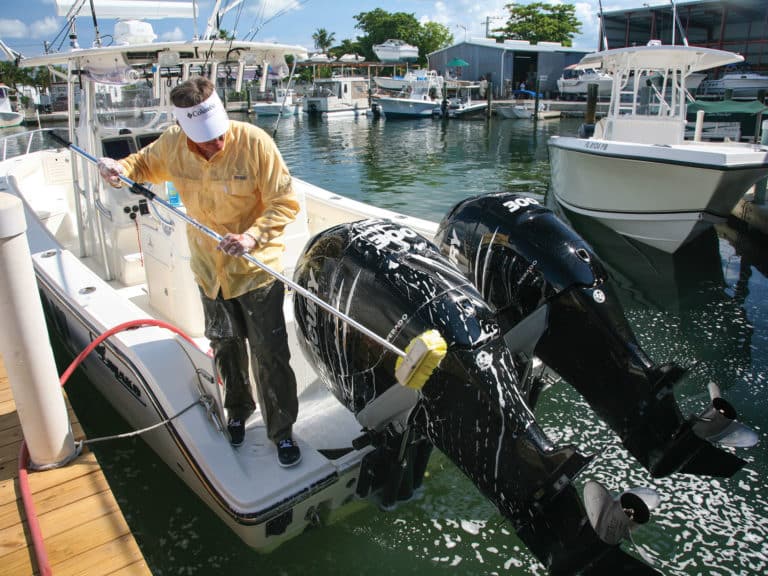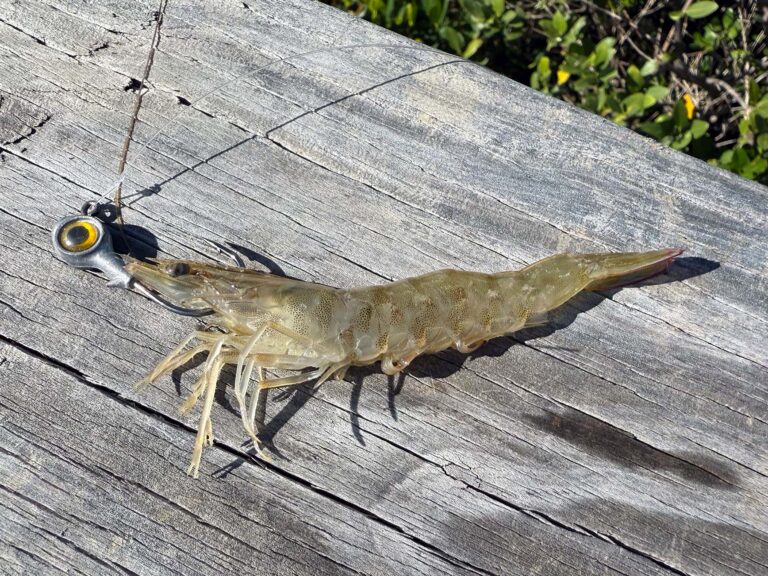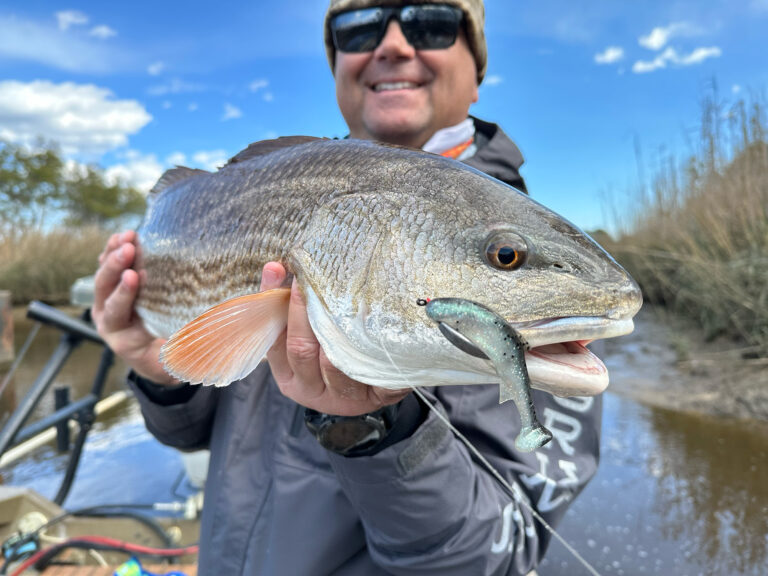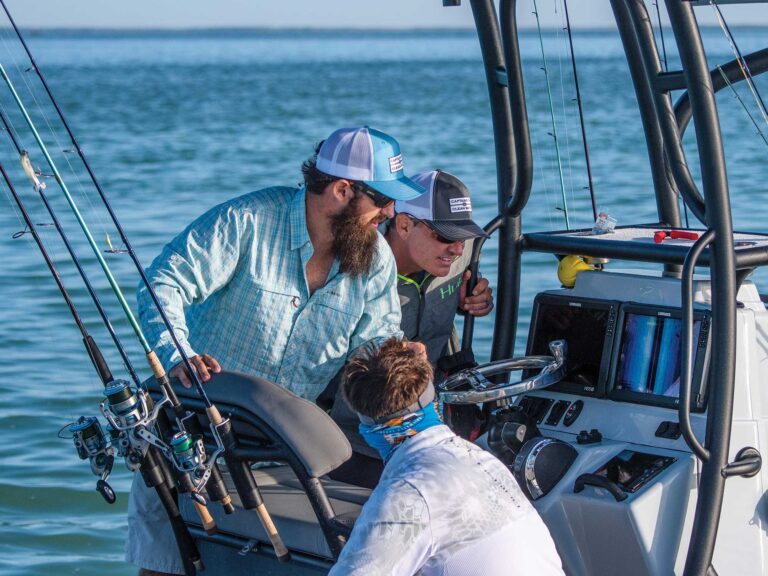Q I am rather new to saltwater fly-fishing, and I am realizing how much larger saltwater hooks are than what I have used in fresh water. How do I know what size hook to use for various species?
I could write a book chapter to answer this question, but here I’ll offer some basic guidelines. The fact is most saltwater fly-fishermen use larger hooks than they need. This requires throwing a heavier fly and makes hook-setting more difficult.
The size of prey the fish eat, as well as the size of the fishes’ mouths, have much to do with the appropriate hook size. For example, bonefish have small mouths, so rarely are they going to try to eat large prey – unless it would be a slender worm. For fish with small mouths, dress your flies on small hooks ranging from size 4 to 1/0.
Large fish that bite down on their prey or that have bony outer jaws require large hooks. Hard-mouthed billfish, for example, grab their prey, and most experienced fly-rodders prefer to dress their flies on high-grade size 5/0 or 6/0 hooks.
However, many large fish (groupers, striped bass, barramundi and so on) do not bite as mackerel or bluefish do. Instead, they open their mouths and inhale a lot of water, sucking the prey in with it. The mouths of many of these species have rather soft interiors, so much smaller hooks can be used. The biggest hook I have used on striped bass is a size 2/0 – not large when you consider I have taken a number of stripers larger than 30 pounds.
When in doubt, consult a good saltwater fly-pattern book. These usually give you a guide to proper hook size.









